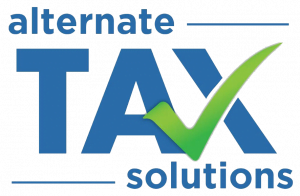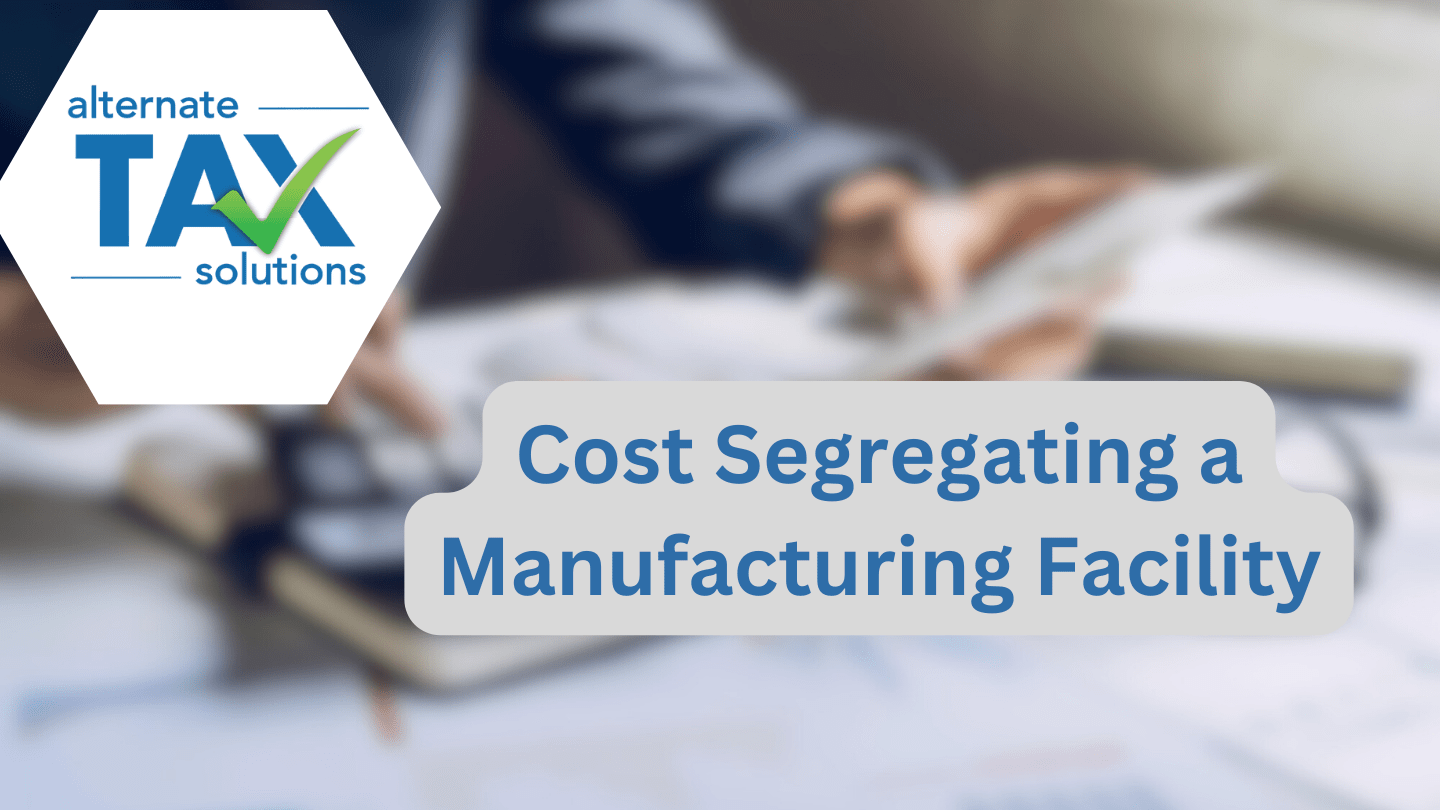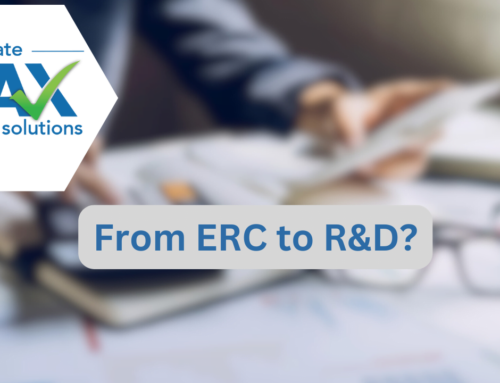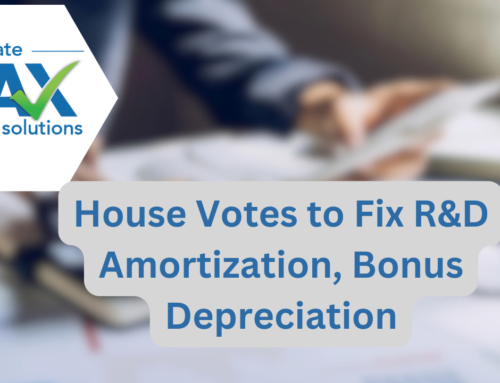Commercial Real Estate Overview:
A Cost Segregation Study is a strategic approach to identify and allocate costs in commercial real estate, specifically for manufacturing facilities. These studies distinguish between personal property and real property, enabling owners to optimize their tax benefits. Real property reclassifications follow traditional 39, 27.5, or 15-year depreciation cycles, while personal property, categorized as section 1245 assets, allows for 3, 5, or 7-year depreciation cycles. The key advantages lie in the re-categorization of assets, creating significant deductions through accelerated depreciation.
Benefits for Manufacturing Facilities:
Manufacturing Facilities stand out as prime candidates for cost segregation due to the substantial amount of personal property that can be reclassified. Without this study, owners are limited to a 39-year depreciation cycle, yielding minimal deductions over a 40-year span. By identifying eligible assets such as furniture, fixtures, and qualified business property, a cost segregation study can potentially increase depreciation deductions by up to 40% in the first year, delivering substantial near-term tax savings.
Illustrative Example:
Consider ABC Realty’s experience with a 25,000 square-foot manufacturing complex purchased for $1,000,000 in 2022. Initially, they received $18,182 in depreciation deductions, resulting in $6,363 in tax savings. After conducting a cost segregation study in 2023, they secured a $325,000 depreciation deduction, translating to $113,750 in tax savings (at a 35% tax rate).
Factors Influencing Deductions:
The extra deductions derived from a manufacturing building depend on critical factors, primarily the presence of business property. Business property includes furniture, fixtures, equipment, or utilities integral to the business process. Specialized items like HVAC systems for maintaining optimal manufacturing conditions can be reclassified as personal property, enhancing deductions. Additionally, factors such as office space, parking areas, sidewalks, and landscaping elements contribute to increased deductions. Features like bio-retention ponds, private roads, and security gates can also fall under bonus depreciation categories.
Conclusion:
In essence, the success of a cost segregation study lies in reclassifying items from real property to personal property, generating calculated tax savings. Key determinants of the yield include the volume of dedicated business property, the presence of office space, and the inclusion of parking or landscaping features. Accurate quantification demands a blend of construction, engineering, and tax expertise. For 20 years, Alternate Tax Solutions has specialized in performing cost segregation studies, offering a unique proficiency in this field. Visit our homepage for more information and to schedule a free consultation.





